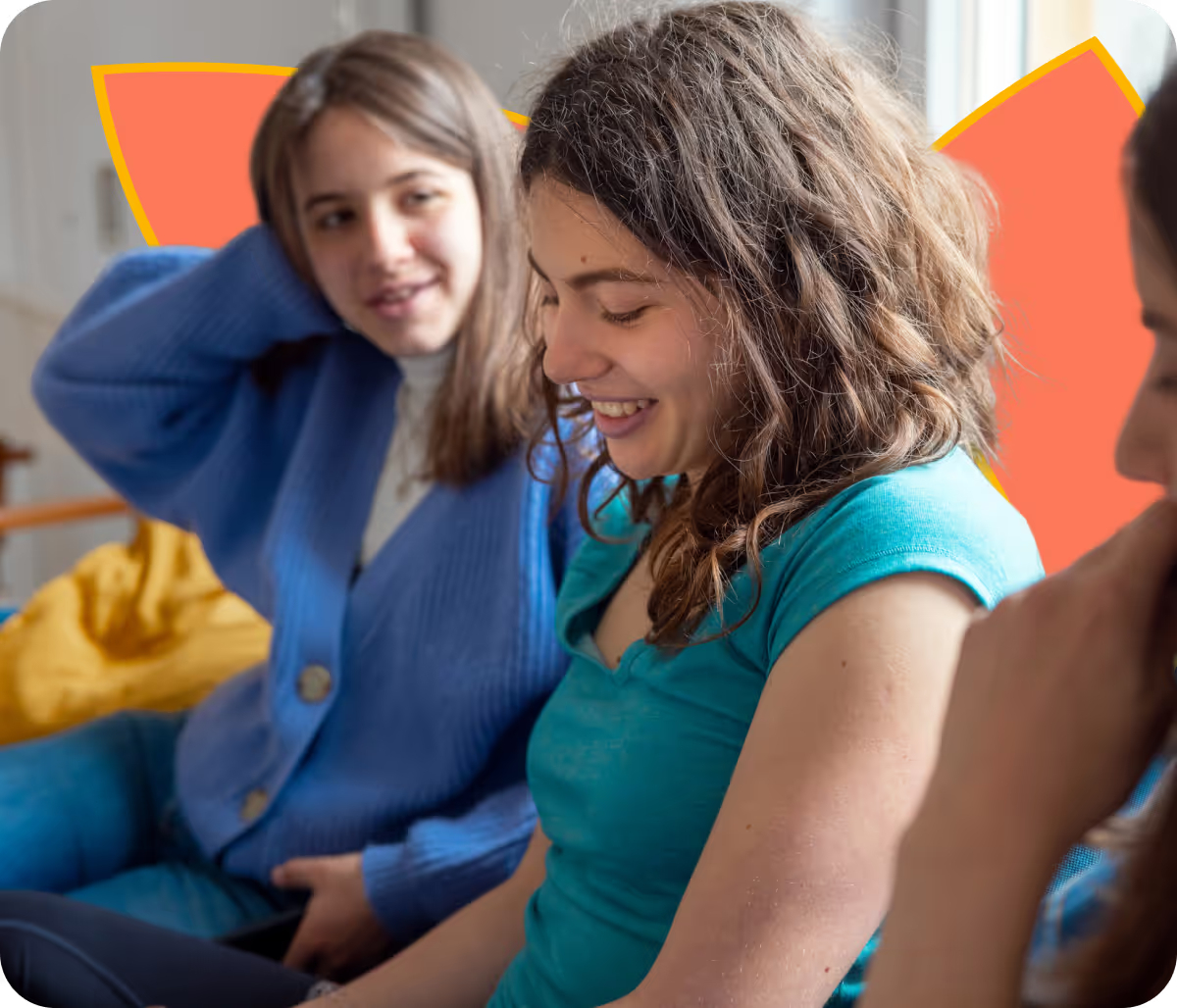Monte Nido 2025 Outcomes Report
Evidence-based results and real stories of recovery from our full continuum of care.



About Monte Nido
For nearly 30 years, Monte Nido has led the field in eating disorder treatment. Across our family of programs, we provide compassionate, evidence-based care for adolescents and adults of all genders. Our full continuum of treatment includes inpatient, residential, day treatment (PHP & IOP), and virtual care.
Our proprietary Comprehensive System of Care integrates therapies such as CBT, DBT, and exposure-based interventions, tailored to each client’s unique needs and co-occurring conditions.
With 50 locations nationwide and comprehensive virtual programs, Monte Nido creates safe, inclusive spaces where clients rebuild relationships with food, body, and mind — making lasting recovery possible.
Key takeaways from the report
Our work with clients throughout their treatment journeys results in substantial improvement across eating disorder symptoms, depression, and anxiety. Clients see meaningful gains in residential care and continue this trajectory through day treatment, where they practice the skills needed to sustain recovery, reinforcing the impact of a structured, step-down approach.
Symptom Reduction
Weight Restoration
Adolescents restored an average of 18 lbs during their time in residential treatment (when needed).
Adults restored an average of 14 lbs during their time in residential treatment (when needed).
Whole-Person Care
clients entered treatment at normal or higher body weight (based on CDC criteria).
of all clients have had co-occurring diagnoses of mood, anxiety, or substance use disorders, obsessive-compulsive disorder, and/or PTSD.
Experience & Satisfaction

of clients rated their experiences good to excellent.

Our primary therapists were rated 4.4 out of 5 stars.
Our full continuum of care empowers clients to achieve lasting recovery.




Monte Nido by the numbers
Treatment locations nationwide
virtual programs expanding access
client treatment stays in 2024
passionate staff members dedicated to recovery
client treatment stays contributing to our IRB-approved outcomes research study
supporting clients and families in recovery
Full recovery is possible for every body
.svg)


What our clients say about us



.avif)

.avif)